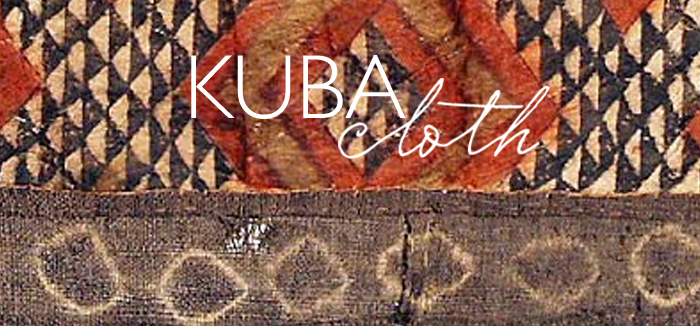
The Kuba Kingdom (1625- 1700)
The Kuba kingdom did not become significant until about 1625. It is part of now present-day Democratic Republic of Congo. The Kuba Kingdom was a conglomerate of several smaller Bushongo-speaking principalities as well as the Kete, Coofa, Mbeengi, and the Kasai Twa Pygmies. The original Kuba migrated during the 16th century from the north. Nineteen different ethnic groups are included in the kingdom, which still exists and is presided over by the King. Until 1640, Shyaam aMbul a Ngoong was king of Kuba. Oral tradition states that Shyaam a-Mbul was the adopted son of a Kuba queen. The king was called the nyim. He ruled one of the most complex administrations in Central Africa. The government was reorganized around a merit-based title system that dispersed power and promoted loyalty among the aristocracy.
The Kuba Kingdom court system resembled the modern jury system. The kingdom also utilized southern influences such initiation ceremonies which were done by the Lunda people.
The peak of the Kuba Kingdom was about the middle of the 18th century. They were able to dominate because of military superiority. Also, by 1700 they were able to increase their agricultural output to almost double per household. As a result, they were able to increase their trade with their neighbors.
The Kuba developed a new administration by creating officials who could be removed, and these were called kolm (elders) regardless of their age.



